Noisy Creek Trail #8
The Noisy Creek trail is 1.9 miles long and climbs 850 feet. It begins at the end of Jewel Basin Road #5392 and ends at the junction with Alpine Trail #7. This is one of many accesses to the Jewel Basin Hiking Area. The trail is open primarily for the following uses: Hiking. Other uses are allowed, but not recommended, up to the Hiking Area boundary—see below for restrictions.
Usage is typically light, closest town is Bigfork Montana.
Directions:
From Bigfork, go north on Highway 35 for 2.3 miles and turn right onto Hwy 83. Stay on Hwy. 83 for 2.8 miles and turn left onto Echo Lake Road. After 2.2 miles, turn slightly right onto the Foothills Road. After 1.1 miles, turn right onto Rd. # 5392, following the Jewel Basin Road signs. The trailhead is 6.6 miles at the end of the road. Trail #8 starts at parking lot see information boards to make sure you are starting on the right trail as there are several that leave the parking lot.
Location
Area/Length : 1.9 miles
Elevation : 5,760 feet – 6,500 feet
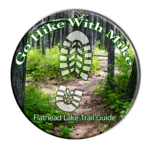 190 pages packed with trailheads, camping spots, and local information around Flathead Lake.
190 pages packed with trailheads, camping spots, and local information around Flathead Lake.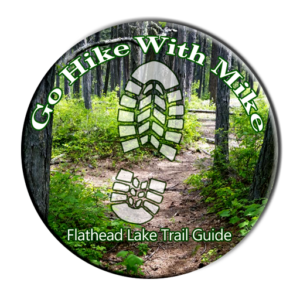 190 pages packed with trailheads, camping spots, and local information around Flathead Lake.
190 pages packed with trailheads, camping spots, and local information around Flathead Lake.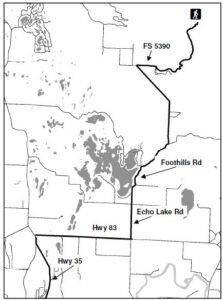 Directions:
Directions: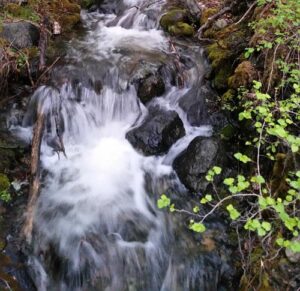 The Go Hike with Mike Trail Guide contains most every trail head around Flathead Lake. The guide includes trails as far north as Polebridge.
The Go Hike with Mike Trail Guide contains most every trail head around Flathead Lake. The guide includes trails as far north as Polebridge.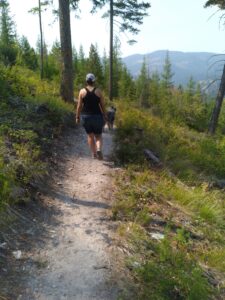 Visiting Montana. We provide information and content for folks who are visiting Montana. Thank you for visiting our site. Many years back the Flathead Lake Vacation Guide was written to provide tourist with the information they needed while visiting Montana.
Visiting Montana. We provide information and content for folks who are visiting Montana. Thank you for visiting our site. Many years back the Flathead Lake Vacation Guide was written to provide tourist with the information they needed while visiting Montana.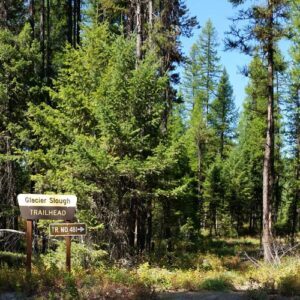 When to Visit – Most people visit the wilderness between July 1 and October 1. Snow-filled passes and high streams make earlier travel difficult and hazardous. High lakes do not open up until early or mid-June.
When to Visit – Most people visit the wilderness between July 1 and October 1. Snow-filled passes and high streams make earlier travel difficult and hazardous. High lakes do not open up until early or mid-June.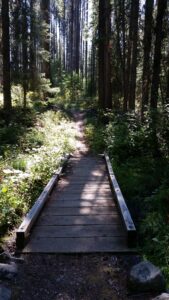 Travel is primarily by foot with some horseback use. Mountain bikes, hang gliders, motorized trail bikes, motorcycles, three and four wheelers, and snowmobiles are not permitted. Few of the trails can be called easy. Some are especially difficult because of steepness. You should be an experienced hiker to travel cross country and should possess map reading and compass skills.
Travel is primarily by foot with some horseback use. Mountain bikes, hang gliders, motorized trail bikes, motorcycles, three and four wheelers, and snowmobiles are not permitted. Few of the trails can be called easy. Some are especially difficult because of steepness. You should be an experienced hiker to travel cross country and should possess map reading and compass skills.